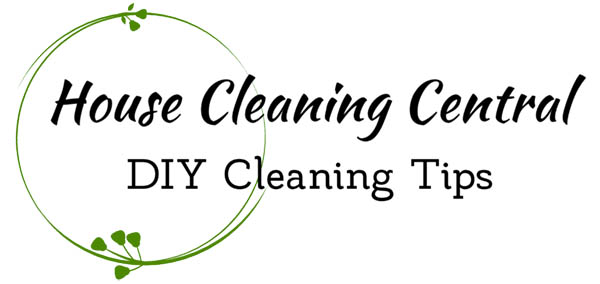Marble Floor Cleaning

Marble Floor Cleaning
If they’ve been able to keep the marble floors in St. Mark’s Basilica clean since the middle of the 9th century, we should certainly be able to keep ours clean.
But there are tricks to cleaning marble floors. Marble is porous, soft and easily stained or damaged by acids. Sealed marble floors are also easily damaged- just a little less porous.
The floors need to be cleaned with a pH neutral floor cleaner. That is- neither an acid or alkaline solution. Water for example, is Ph neutral.
Lets learn how to clean marble floors just like our professional house cleaners do at Mrs. Clean.
What You’ll Need for Marble Floor Cleaning
- A broom or a small canister vacuum
- A soft, cotton mop
- Warm water in a bucket
- A neutral pH floor cleaner
Step 1. Sweep or Vacuum Up The Dirt:
Sweep or vacuum the floor. While it might seem silly to vacuum a marble floor (or wood, or linoleum, etc), you might be surprised to know that this is just what our professional house cleaners do at Mrs. Clean.
We carry a small light weight sanitaire canister vacuum to remove every bit of dust and dirt from the floor before vacuuming. But even after vacuuming or sweeping with a high-quality broom, you’d be surprised at how much is still on the floor when you dry it.
Mop the Marble Floor with Warm Water:
Your floor will be easily cleaned with plain warm water. That’s right. Just water. Resist the urge to add dish soap or other hard cleaning solution to the water because it won’t help and may actually harm the floor.
Dip the mop in the bucket of water and wash the floor. If the floor is exceptionally dirty, add the neutral pH floor cleaner according to the manufacturer’s directions.
At Mrs Clean, we use 1 cap-full of pH Neutral Murphys Soap to one gallon of water to clean and shine the floor.
But whatever you do, Don’t use anything that is harsh, like bleach, or acidic, like vinegar, on your marble floor. Harsh and acidic compounds can easily damage both the finish and the marble itself.
Step 3. Dry The Floor:
Your water’s mineral content, either because of additives deemed necessary by your municipality or because of your well or water softener, can leave stains and water deposits (hard water spots) on the floor that will be very hard to remove.
When you are done mopping, that a clean towel and dry the floor to remove any standing water. You’ll be surprised at how much remaining dirt and debris the towel will bring back up.
Shining and Removing Scratches:
Part of keeping marble floors clean is buffing. You certainly don’t have to buff each time you clean, but inspecting your floor for scratches and other problem areas each time you clean will alert you to problems when they’re small.
You can rent a buffer from your local hardware store, Home Depot or Lowes. Follow the manufacturer’s directions exactly in order to mix the buffing solution correctly and to buff properly. Buffing will remove tiny nicks and scratches and restore shine and luster to your marble floor.
Keeping Your Floors Clean and Stain Free:
Marble is a very porous material. That means water, whether it’s in the form of liquid or gas (vapor) can get into the stone if it’s not properly sealed. This is extremely important if you live in a humid climate or the marble floor is in your kitchen.
And, highly acidic material like vinegar, wine, mustard and citrus juices can really damage the stone if they get past the sealer. To seal your marble floor, use the sealer that was recommended by the floor manufacturer. Follow the instructions so as to not damage the stone. You’ll typically have to wait at least six to eight hours after sealing the floor to walk on it.

